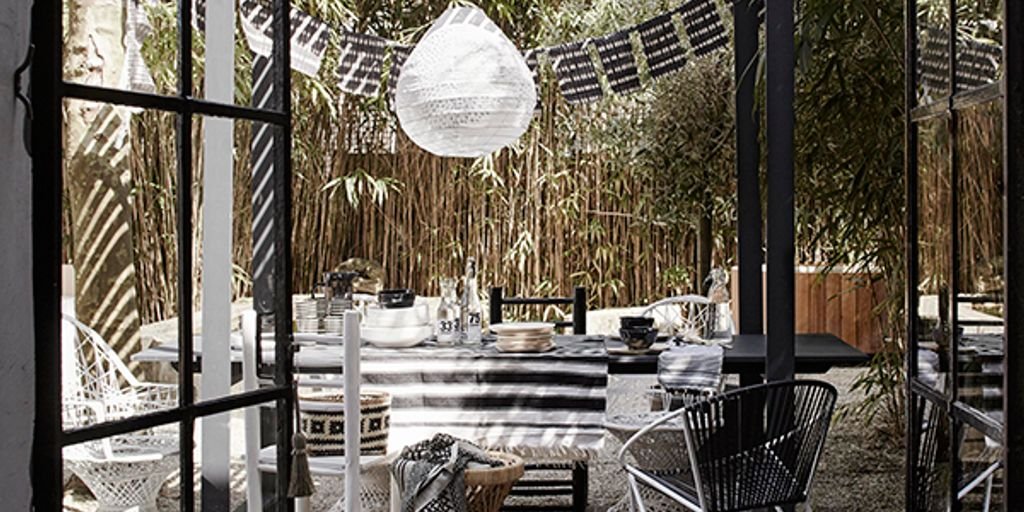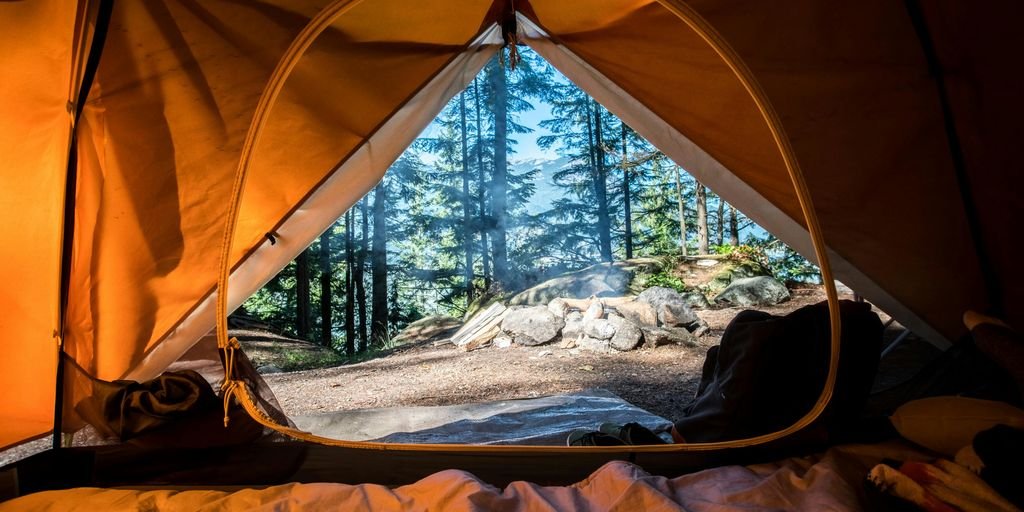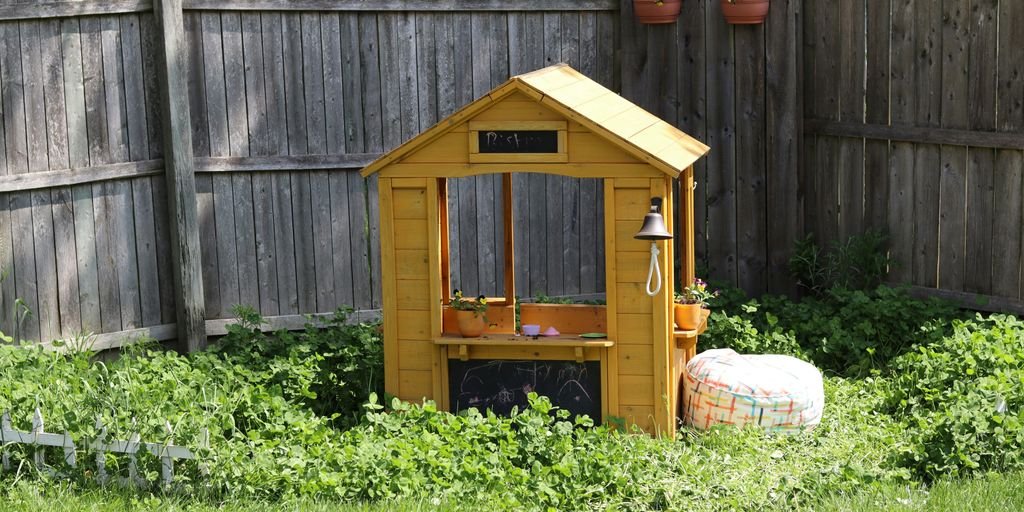Creating the perfect outdoor living space can transform your backyard into a haven for relaxation, entertainment, and socializing. Whether you have a sprawling garden or a compact patio, the right design choices can make all the difference. From selecting comfortable furniture to incorporating effective lighting, this guide will provide you with the tips and tricks you need to create an outdoor area that suits your lifestyle and aesthetic preferences.
Key Takeaways
- Choosing the right location is crucial for maximizing sunlight, shade, and privacy in your outdoor living space.
- Opt for comfortable and durable furniture made from weather-resistant materials to ensure longevity and comfort.
- Incorporate a mix of ambient and task lighting to create a functional and inviting atmosphere.
- Use plants and greenery to define the space and add a natural, refreshing element to your outdoor area.
- Consider adding shelter and shade options like pergolas, gazebos, or umbrellas to make the space usable in various weather conditions.
Choosing the Right Location
When designing an outdoor living space, the first step is to choose the right location. This decision will be influenced by various factors, including sunlight, proximity to the house, and privacy considerations.
Selecting Comfortable and Durable Furniture
Weather-Resistant Materials
Opt for furniture made from materials like teak, aluminum, or all-weather wicker, which are designed to endure sun, rain, and even snow. Equally important is the selection of fabrics that are resistant to fading, moisture, and mildew. Performance fabrics like solution-dyed acrylics and polyesters are specifically engineered for outdoor use, ensuring that your cushions and upholstery remain vibrant and fresh season after season.
Ergonomic Designs
Comfort and durability are key when designing an outdoor living room. Don’t settle for uncomfortable outdoor tables or chairs just because they adhere strictly to a certain style. Comfort should be a top priority, so make sure to invest in quality pieces you and your guests can lounge in for hours. There is a wide range of options, from low-slung corner sofas to hanging egg-chairs and suspended swing seats.
Multi-Functional Pieces
Above all, choosing furniture for your outdoor space is all about creating the most comfortable relaxing environment for your family and friends to enjoy in all types of occasions. Think very specifically and hone down exactly what will work best for your needs. Consider multi-functional pieces like ottomans that can double as seating or storage, and tables that can expand to accommodate more guests.
Incorporating Effective Lighting
Ambient Lighting Options
Ambient lighting is essential for creating a warm and inviting atmosphere in your outdoor living space. Position lights within ingresses, sleepers, or garden borders so you see the effect of the light, rather than the light itself. This subtle approach helps to create a relaxing environment without overwhelming the senses.
Task Lighting for Functionality
Task lighting is crucial for specific activities such as cooking, reading, or navigating pathways. Illuminate outdoor cooking areas to allow more meal prep to be done outside. For safety, add decorative lighting to brighten steps and pathways. This ensures that your outdoor space is both functional and safe.
Solar and LED Solutions
Before you even start to think about pretty twinkling string lights or dramatic accent spotlights, decide if you’re going to use solar lighting, electric lighting, or a combination of both. Solar and LED lights are energy-efficient options that can help reduce your electricity bill while providing ample illumination. Incorporating various lighting types creates layers that cohesively illuminate your backyard design.
Defining the Space with Plants and Greenery
Plants give an outdoor seating area life – adding color, texture, and fragrance which will help your scheme to settle happily into its background or landscape. Breaking up the space with levels and well-defined boundaries is a great way to add some design and character to your garden. Use greenery such as hedges and tall, airy plants to segment the garden.
Adding Shelter and Shade
Creating a comfortable outdoor living space often requires providing adequate shelter and shade. This not only protects you from strong sunlight and extreme temperatures but also adds a layer of coziness to your outdoor area.
Installing Pergolas and Gazebos
Pergolas and gazebos are excellent options for adding both style and function to your outdoor space. These structures can provide protection from strong sunlight, wind, and the occasional shower of rain. Consider investing in a pergola or gazebo if you live in a hot, sunny location.
Using Umbrellas and Shade Sails
Umbrellas and shade sails are versatile and can be easily moved or adjusted to provide shade where needed. They are perfect for taking the edge off on a hot summer day and can also serve as decorative elements. If you live in a climate with extreme weather, consider purchasing a removable umbrella to avoid frequent replacements.
Incorporating Natural Shade Elements
Natural shade elements like trees and tall plants can offer a more organic solution to your shading needs. These elements not only provide shade but also enhance the aesthetic appeal of your outdoor space. A series of tall plants and trees can be particularly effective in offering shade when and where you need it.
Enhancing Ambiance with Decorative Elements

Creating the perfect outdoor living space involves more than just furniture and plants. Enhancing the ambiance with decorative elements can transform your outdoor area into a cozy and inviting retreat. Here are some tips to get you started:
Incorporating Outdoor Rugs and Pillows
Outdoor rugs and pillows can add a splash of color and comfort to your space. Choose weather-resistant fabrics to ensure they last through various seasons. Layering different textures and patterns can create a more dynamic and inviting atmosphere.
Adding Water Features and Fire Pits
Water features like fountains or small ponds can introduce a calming sound and a sense of tranquility. Fire pits, on the other hand, provide warmth and a focal point for evening gatherings. Both elements can significantly enhance your home’s value and lifestyle.
Using Art and Sculptures
Incorporating art and sculptures can give your outdoor space a unique personality. Opt for pieces that are designed to withstand outdoor conditions. Whether it’s a modern sculpture or a classic statue, these elements can serve as conversation starters and focal points in your garden.
Designing for Entertainment and Socializing
Creating Dining Areas
Creating a dedicated dining area in your outdoor living space can significantly enhance your entertainment options. Find a long table and benches to encourage lingering meals. Install fans or heaters to make your space more comfortable year-round. This setup not only provides a functional space for meals but also encourages social interaction.
Setting Up Lounging Zones
Lounging zones are essential for relaxation and casual gatherings. Use comfortable, weather-resistant furniture to create inviting spaces. Consider adding small movable tables for cocktails and snacks. This flexibility allows you to rearrange the space based on the number of guests and the type of event.
Incorporating Outdoor Kitchens
An outdoor kitchen can be a game-changer for your entertainment space. Equip it with a grill, sink, and storage to make cooking and serving food convenient. This setup allows you to prepare meals without missing out on the socializing. Additionally, it keeps the indoor kitchen clean and free from the hustle and bustle of entertaining.
Conclusion
Creating the perfect outdoor living space is a rewarding endeavor that can transform your backyard into a haven for relaxation, entertainment, and family gatherings. By following the tips and tricks outlined in this article, you can maximize your creative instincts and design a space that reflects your personal style and meets your needs. From selecting complementary furniture and warm lighting to incorporating plants and defining zones, each element plays a crucial role in crafting a cohesive and inviting outdoor area. Remember, the perfect outdoor living space is ultimately in the eye of the beholder, so feel free to experiment and make it uniquely yours. With thoughtful planning and a bit of creativity, you’ll be well on your way to enjoying a fantastic outdoor living area just in time for summer.
Frequently Asked Questions
What are the first steps in creating an outdoor living space?
First, consider how you want to use your outdoor living space. Assess your needs and preferences, then find the perfect spot that offers a balance of sunlight, shade, and privacy.
What type of furniture is best for outdoor living spaces?
Select comfortable, weather-resistant furniture made from durable materials. Ergonomic designs and multi-functional pieces can enhance comfort and usability.
How can I incorporate effective lighting in my outdoor space?
Use a combination of ambient, task, and accent lighting. Solar and LED solutions are energy-efficient options that can add both functionality and ambiance.
What are some low-maintenance plants I can use in my outdoor living space?
Consider using succulents, ornamental grasses, and native plants that require minimal care. Potted plants and planters can also be used to add greenery without much upkeep.
How can I add shade to my outdoor living area?
You can install pergolas, gazebos, umbrellas, or shade sails. Incorporating natural shade elements like trees and shrubs can also provide relief from the sun.
What elements can enhance the ambiance of an outdoor living space?
Incorporate outdoor rugs, pillows, water features, fire pits, and art or sculptures to create a cozy and inviting atmosphere.



